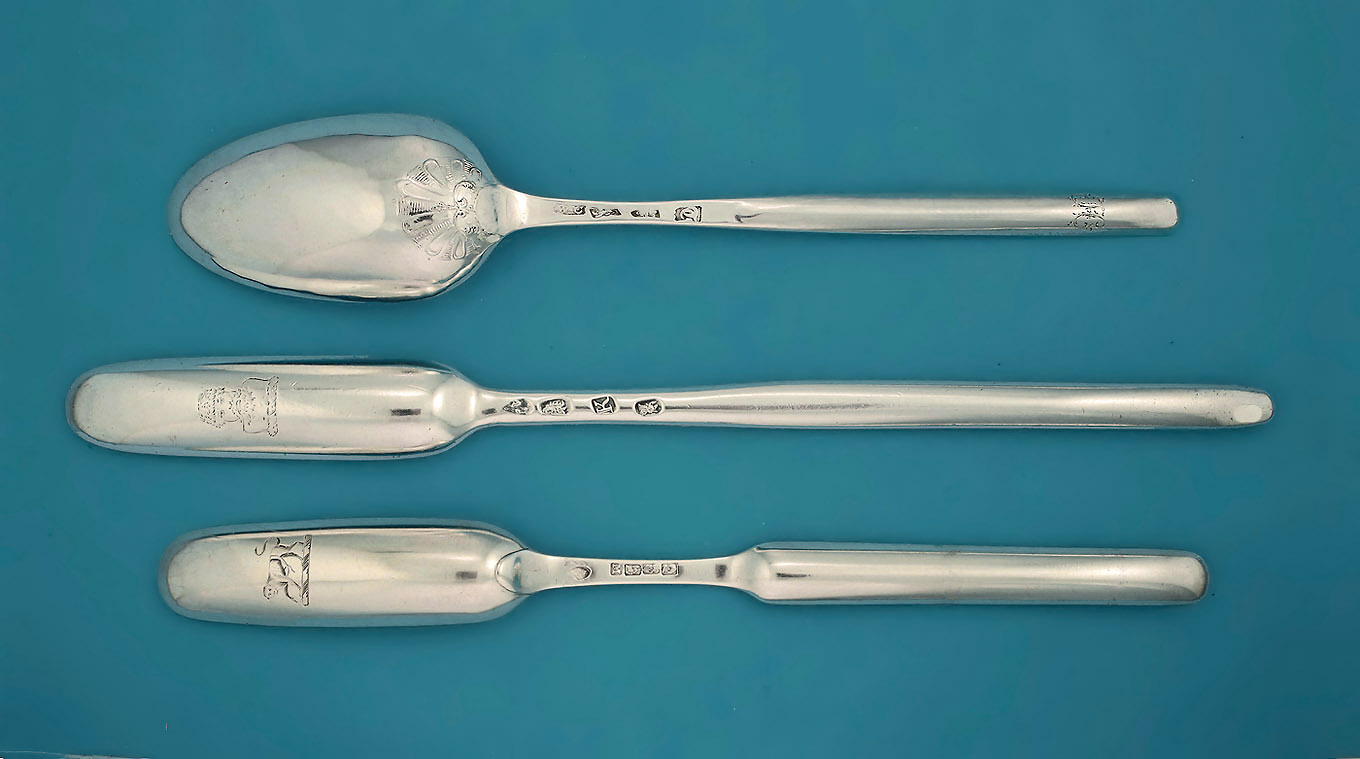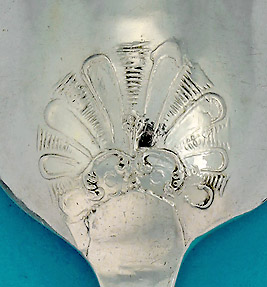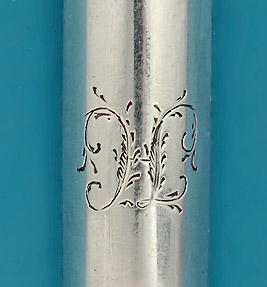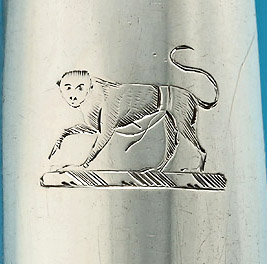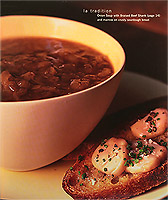|
One of the nicest marrow scoops we have handled,
of extremely heavy gauge silver at 4.5 oz.,
having the usual double ended form, the larger bowl verso
crested with Saracen's Head*
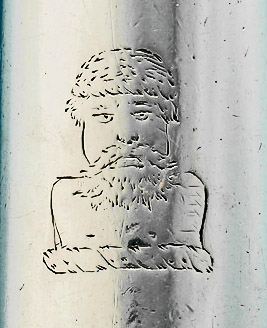
Condition : Excellent; very crisp marks; the makers mark cast over but legible
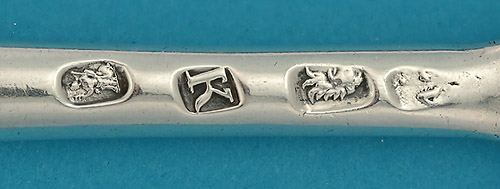
10.75" Long / 4.5 oz.
SOLD
#7602
Please Inquire
The crest (Fairbairn's Pl. 190, .5) :
'a Saracen's head affront couped at the shoulders'
is one which many families bear and difficult to identify with any certainty as to the precise owner.
The families include the following :
Alkene, Askue, Ayskew, Barnsley, Blondell, Bouche, Briscoe, Briscoe, Buller, Burwell,
Byfleet,
Carver, Chandos, Charlewood, Charlwood, Cobham, Creswell, Edington, Flamank,
Holcombe, Howndhile, Howndhill, Hubbard, Irby, Irton, Lambsey, Lameseym Lecton,
Mainot, Manley, Marshall, Menzies**, Middleton, Morgan, Mure, Powell,
Ricard, Rochead, Roughead, Rudger,Slaway, Stapylron, Strelley,
Ward, Warner, Weston, Whitte-wronge, Wilder, Wilimams, Wittewrong, Winnington, Wynne
**Menzies is among those who bore the 'head of the Saracen',
and casts light on the relevance of the head.
Menzies is an ancient Scottish name, probably originating in Normandy.
As early as 1249, Sir Robert de Menzies became Chamberlain to King Alexander II.
Sir Robert's son, Sir Alexander Menzies, was a supporter during the War of Independence of Robert the Bruce,
who declared himself King of Scotland in 1306, after murdering Guardian of Scotland John Comyn.
As atonement for the murder, Bruce requested that upon his death, his heart be taken to the Holy Land on pilgrimage.
A group of Scottish Crusaders, led by James Douglas (Black Douglas) veered en route through Spain,
to assist the Spanish against the Saracens (who had occupied the Holy Land since 1292).
A Menzies was a member of that group.
Douglas carried Bruce's heart is a black iron casket about his neck.
At the Battle of Teba de Ardales, they found themselves surrounded by Saracens,
at which time Douglas cast the casket into the midst of the Saracens,
calling the knights to charge with the cry :
"Vil God I Zal" (With Gods will, I shall).
The knights fought off the Saracens and recovered Bruce's heart,
which was eventually taken to Melrose Abbey.
The cry became the Menzies motto,
the defeated Saracen
from whom the heart was taken, the crest.
|
